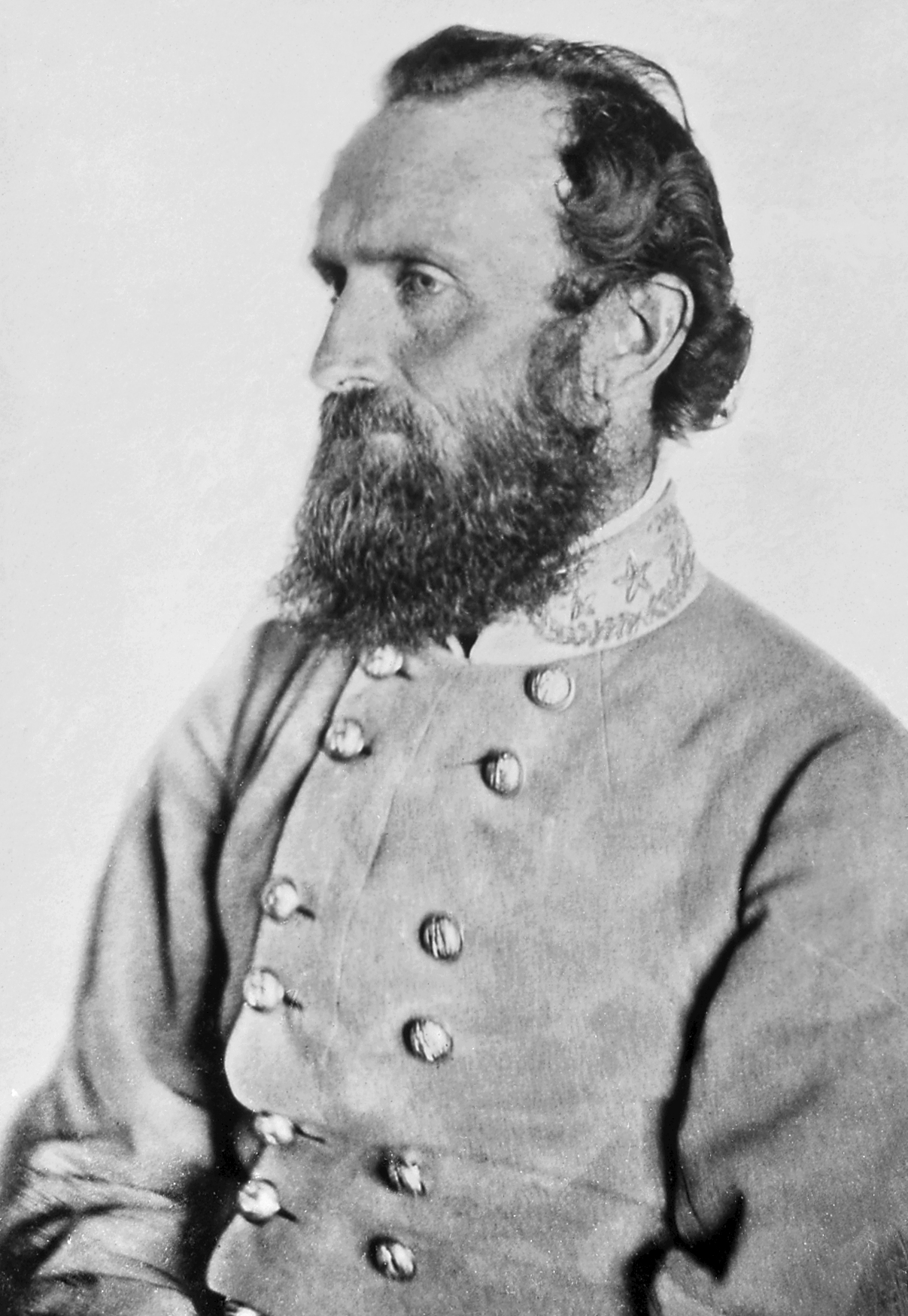
The Battle of Chancellorsville by Kurtz and Allison.
Today is the 150th Anniversary of the second day of significant fighting during the Battle of Chancellorsville, Virginia -- the day of Stonewall Jackson's momentous flank march around the Union Army!



L: CS Gen Robert E. Lee Center: US Gen Joseph Hooker Right: CS Gen. Thomas "Stonewall" Jackson
The Confederate Army of Northern Virginia, 66,000, under Robert E. Lee, on the morning of 2 May 1863, found a Union army west of Fredericksburg, centered at a crossroads in the "Wilderness" called Chancellorsville. This Union Army of the Potomac commanded by US Major General Joseph Hooker, and numbering 133,000 men, had crossed the Rappahannock River to Lee's west, and planted itself behind Lee. After initial success in pushing towards Fredericksburg from Chancellorsville, Hooker had lost his nerve, and had his forces fall back to Chancellorsville and dig in (though the units in what was the rear of the army failed to do so). Lee had split his already outnumbered army, leaving a holding force at Fredericksburg, to confront Hooker's initial advance. With the change of initiative on 1 May 1863, Lee would make good use of it on this day, 2 May, and would, audaciously divide his army once again. Outnumbered 2 to 1, and dividing your army twice in the face of the enemy is a bold move, indeed!

Map of the action at Chancellorsville, 2 May 1863. Attribution: Map by Hal Jespersen, www.cwmaps.com
Leaving the divisions of Anderson and McLaws just east of Chancellorsville to confront the main portion of the Army of the Potomac, Lee ordered Jackson to take three divisions (21,000-28,000 men) and march around the flank of the Union army -- a march they began that morning, so that they were in position to strike the Union rear soon before dusk. Jackson's march was nearly discovered when the III Corps of Sickles extended the Union right flank. It was the XI Corps of US General Oliver O. Howard that bore the brunt of Jackson's attack. This corps, seemingly at the rear of the army and farthest from harm, was caught totally unprepared and was pushed several miles east towards the Chancellorsville crossroads. It was pockets of stubborn defense and eventually nightfall the stalled the Confederate advance.
It was that evening of 2 May 1863 that Stonewall Jackson, personally investigating the location of the Union lines, and riding beyond his own pickets, was accidentally shot by his own men as he returned. Jackson would lose an arm, and would never recover from the wounds, dying in nearby Caroline County, Virginia on 10 May 1863 of Pneumonia.
The Union army was stunned, but not actually destroyed. The I Corps arrive that night, and 3 May 1863 would dawn with a Union force of 76,000 men "surrounded" by a Confederate army of 43,000 deprived of Jackson. The Army of the Potomac was still an extremely powerful force, if General Hooker had the will to use it. What of the forces left back at Falmouth & Fredericksburg? That we will address tomorrow.
For more on the battle you might note:
National Park Service Battle Description
Civil War Trust Chancellorsville Page
Fredericksburg and Spotsylvania National Military Park
Historical Marker at the site of Jackson's Attack
Live well!
No comments:
Post a Comment